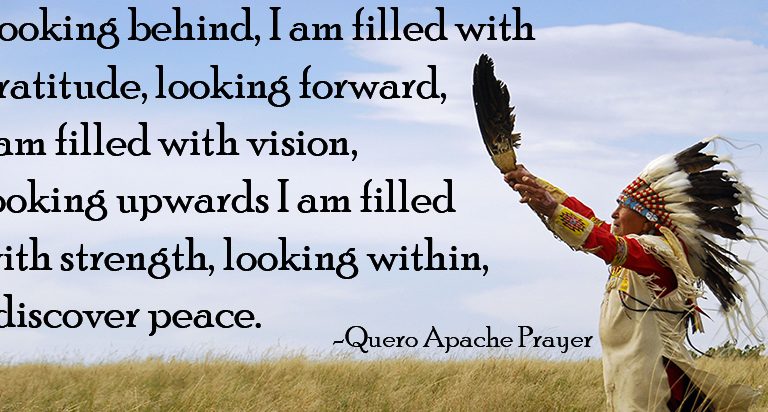Every creation begins with the words, or as they say in the tech world, the story.
Technology is as much about stories as it is about the technology behind them. Stories are spun and shared in ways that augment what founders and investors want us to believe about their companies to build customers, to generate valuations, to expand user base and transform the world.
Why do we know Steve Jobs was a brilliant visionary and not a maladjusted narcissist? Because at least four movies and countless articles and books have come out telling us to believe that story while making it inseparable from the technology he helped create. A similar narrative is being constructed around Uber founder Travis Kalanick whose Jobsian “principled confrontations” have helped fuel his success.
We have a hard time imagining people other than white men in the role of technology expert because we so rarely see representations of anyone else in the books we read and the movies we watch. The lack of diversity in the tech sector has been defined by an absence, a void in the larger culture that must begin to be filled with our own imaginations that can be hastened by investing in diversity in the publishing world.
This does not mean talented people of color in tech do not already exist or that existing companies should not make efforts towards dismantling their own systemic biases, but a lack of visible diversity is compounded by a lack of clarity. We can talk about diversity until #BlackTwitter has its own accelerator in SoMA, but until even people who do not look like us can easily visualize what is meant by diversity in technology, we need to keep creating the stories that lay the foundation for the world we want to see.
Talking about diversity in tech is different from saying we want more Black or Latino doctors or more teachers who look like their students. We know the path to educational attainment for doctors, lawyers, and teachers but technology begins in many different classrooms and flows through a diverse array of jobs.
What does the life of a Black or Latino tech worker look like? What does this person do from day to day? When people say more opportunities in technology should be available to people of color, what does that mean exactly? Twitter or Pinterest might say they want to achieve a higher diversity quotient but ask them to drill down on the specifics of what that looks like and…crickets.
Technology is a vague term that encompasses a wide variety of roles and skill sets. The term tech worker can include a software engineer, product designer, entrepreneur, Q/A engineer, or a product manager. A technology firm requires business development experts, marketing professionals, data analysts, art directors, and brand designers. And just as importantly, the tech sector thrives on tech investors — seed, angel, and otherwise — who understand how money is used to transform an innovative idea with a paper valuation into a publicly traded company capable of global change.
Before deciding to study architecture, I read (and re-read) about the principled practice of Howard Roark in The Fountainhead. Before I began work in advertising it was watching reruns of Thirtysomething that explained to me some of the dynamics of that world. Growing up I was exposed to neither architects nor art directors so I needed literary and visual references to help shape my understanding of those workspaces.
If we cannot imagine it, we have a hard time creating it. Ask three of your friends who are not in technology to describe what a coder’s day looks like? Or ask your mail carrier what a product manager does.
Much like universities where academic debates take place within particular classrooms that remain separate from similar discussions across campus, diversity conversations tend to happen in silos. A concurrent diversity debate is, once again, gaining momentum in the publishing world. Mira Jacob recently gave a speech about her experiences with discrimination after her novel debuted and referenced the grim statistics facing writers of color cited by Roxane Gay in an article entitled Where Things Stand.
Solving the literary diversity problem inherently works toward solving the tech diversity problem. Why? Because literary artists provide the basic foundation for writing ourselves into a future that looks very different from the one we are fed where segregation and exclusion remain the norm. Literary artists also have the best opportunity for converting the written word into inspirational filmmaking that gives the masses entry into worlds we do not know. After all, the biggest movies of the last decade have been based on literary blockbusters: The Lord of the Rings, Harry Potter, Twilight.
No one is making movies with characters inspired by Paul Judge, Ph.D, Jon Gosier, or Laura Weidman Powers. I urge journalists to seek out lesser-known but equally impressive tech innovators for long-form articles that could inspire books and movies. When I open my issue of Fast Companymagazine and see more articles about Don Charlton, Charles Hudson, Erik Moore, or Sian Morson, I will know the shift is happening. When I start to see mainstream books inspiring blockbuster movies about programmers played by Carmen Ejogo, Alfonso Herrera, and Nicole Beharie, we will rejoice about the possibilities. Please bring me the screenwriter who eschews the script about yet another white teacher/adoptive parent/coach glorified for saving poor Black kids and write the Oscar worthy screenplay about Troy Carter’s rise to success.
What about a Wargames update starring Willow Smith as the hacker and Ryan Potter as her helpful boyfriend/neighbor? Or Chiwetel Ejiofor and Naomie Harris as technology experts in an Inception-type thriller directed by Christopher Nolan?
These stories have to be written and shared en masse to help shift us all into a mindset where we can see the world we want to live in. Writers have the rich imagination and talent needed to contribute to enhancing diversity in the technology world. It means literary editors not sloughing off anything with mention of a computer in it into the narrowly defined and less promoted speculative fiction category and publishing more writers who do not look like the editorial team at Random House. The 21st century Octavia Butlers stand just as strong next to the Philip K. Dicks of the literary world.
The tech diversity problem is the publishing diversity problem is the educational access problem is the wealth disparity problem. We need to get better at clarifying solutions by expanding our imagery of the known world. Perhaps then we will spend less time describing to existing founders what a diverse workplace looks like and spend more time churning out the children and young adults capable of building new landscapes that we can all inhabit where diversity is the norm.



